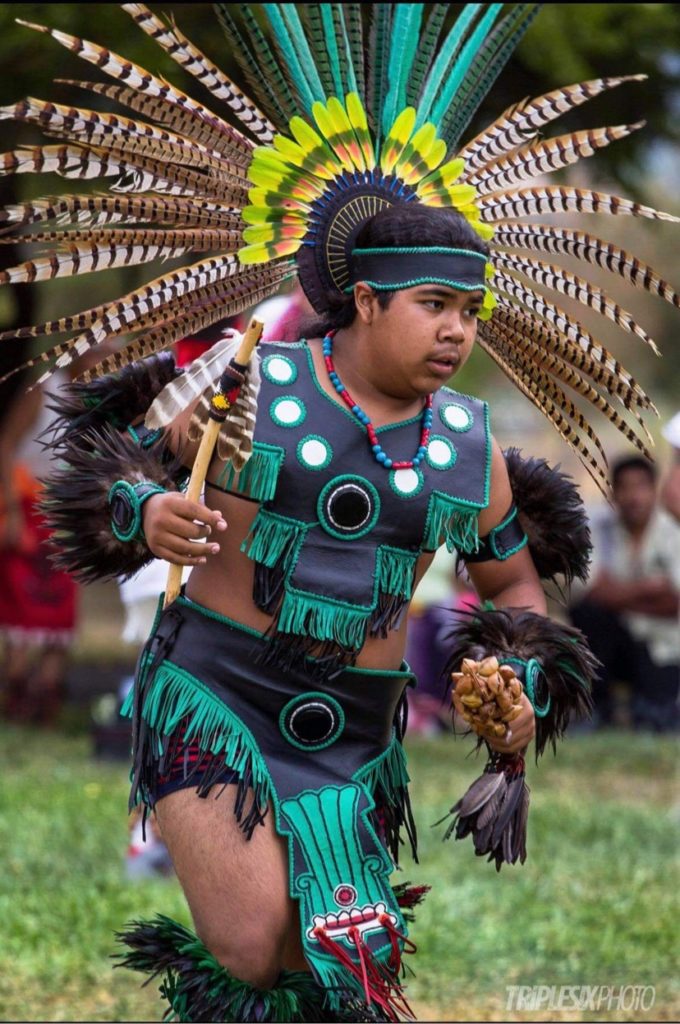New Aztec dance class at HSU: A path towards reaffirming culture
Humboldt State University is offering an Aztec Dance class (DANC 380) this fall. The class will be taught by Frank Cortes, an HSU student with extensive experience with Aztec traditions and dance, and Elizabeth Rivera, a current Baile Folklorico instructor at HSU.
Students will learn the dance, history, some language and important traditional elements related to Aztec dance and heritage. Cortes and Rivera hope the class ultimately creates a bridge between academia and culture.

Cortes shared that it was through asking his family about their roots and their origin that he was introduced to Aztec Dancing. When he was nine years old, he opened a circle in Oakland to teach people of all ages about his newfound passion.
“My goal when I opened the circle in Oakland was to inspire everyone through the drum, through the rhythm, through the sound, through the culture,” Cortes said. “To know more about your roots, to bring back your culture. I want to bring that to Humboldt.”
Kacie Figueroa, an HSU student currently enrolled, said she’s always felt a connection to this dancing, but could never access a group. Now that this class is offered at HSU, she can get closer to her culture, while also getting a higher education.
“Whenever there would be dancing, I could just feel it in me,” Figueroa said. “I felt it in me, like that was my people.”
This is not the first time Aztec Dancing has been offered at HSU, but according to Rosamel Benavides-Garb, Ph.D., interim dean of the College of Arts, Humanities and Social Sciences, in the past, students were left without much support or resources.
This time Benavides-Garb, and many other faculty at HSU, are standing behind courses like Aztec dancing in hopes of reaffirming culture and decolonizing the curriculum, to better support the needs of students attending a Hispanic-Serving Institution.
Rivera, the co-instructor of the class, shared that this form of dance and ceremony can give a common language, a way of asking for peace, understanding and pride. Also for noticing that Indigenous people have always been here, will always be here and are surviving and thriving.






